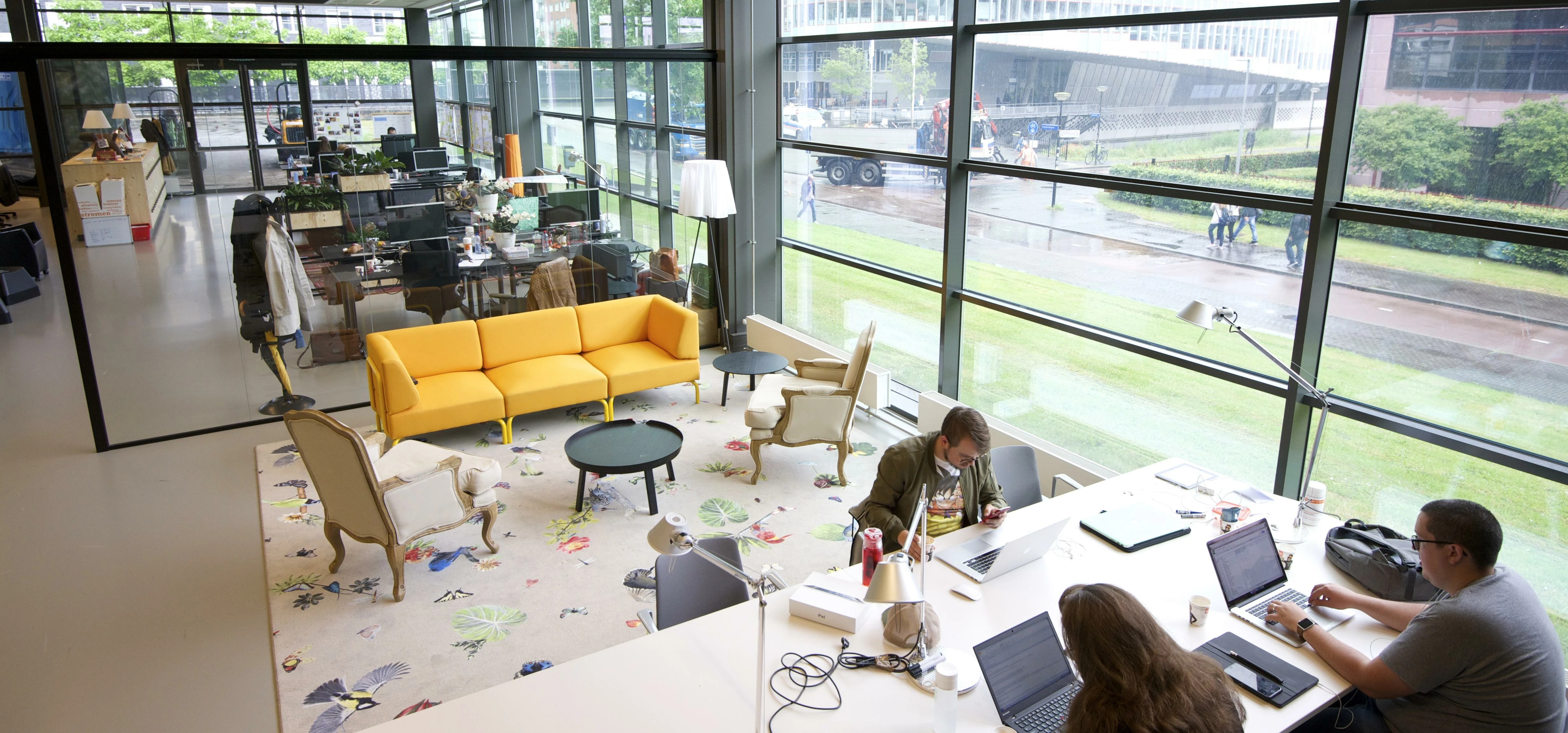
Partner Article
Office design - time to go back to basics
With the UK in the midst of a productivity crisis, staff retention remains a key focus for businesses and optimising office design to maximise wellbeing and performance is a key aim for many firms. However, while business leaders in recent years have rushed to adopt the latest trends and innovations, including hotdesking, remote working provisions and novel design concepts, new research suggests that comfort and a sense of belonging are most important to employees. In short, it’s time for both Facilities Managers and businesses to go back to basics.
The 2016 ‘what workers want’ study, commissioned by the British Council for Offices (BDO) in June, found that employees cited comfort (87 per cent), lighting (86 per cent) and temperature (85 per cent) as the factors which had the biggest influence on their workplace satisfaction. In a climate where many businesses feel under pressure to emulate the on-site arcade rooms, bold furniture choices and nap areas adopted by high-profile Silicon Valley start-ups, these findings should act as a stark reminder of the importance of doing the simple things well.
While it is well known that comfortable surroundings can maximise productivity, FMs should consider factors such as the office climate, quality of heating or air conditioning and levels of natural light when selecting commercial property for rent. In addition, although statement art or furniture choices can improve the overall attractiveness of an office environment, these should not be selected at the detriment of employee comfort. Budgets must be allocated in a manner which balances the need for adjustable, ergonomically-designed furniture and more showy pieces which fulfil an aesthetic purpose.
Although flexible working provisions have become increasingly widespread over the past few years, it seems that this trend may be reversing, with employees moving back to the office. BDO’s research found that the ability to work from home has become significantly less appealing to workers, with just 28 per cent displaying a preference for remote working, compared to 45 per cent in 2013. While this is positive for businesses, in that having a larger continent of the workforce in the office will increase collaborative working and promote strong team relationships, adjustments must be made to facilitate this.
For example, as the number of employees working remotely increased, many businesses implemented hotdesking provisions to free up unused space. However, 60 per cent of workers now say they would like their own workspace, up from 41 per cent in 2013. In order to ensure returning workers have a sense of belonging, businesses should consider how they can best utilise the space available to provide employees with their own workstation.
The first factor which must be examined is the size of desks used – many businesses still clog up space with huge workstations, however with most employees working on laptops or slim line monitors, and having a lower reliance on paper documents, these could potentially be substituted by smaller replacements. Furthermore, in order to promote team cohesion through design, businesses may decide to implement zonal layouts, where the location of different divisions or teams in the office space is denoted by subtle splashes of colour on table legs, chairs or mouse mats.
One way to free up the space required to give employees their own static workstation is by utilising modular furniture and movable partitions to create multi-purpose communal meeting spaces. Giving employees the ability to reconfigure the office environment depending on their need for privacy, open conversation and formal or informal discussion, will minimise unused space and reduce the number of meeting rooms required. Research shows that attitudes towards the workplace have changed over the last couple of years, and having an office environment that can flex and adapt as well is essential to creating the optimum working environment.
In the quest to increase employee productivity and satisfaction through design, business leaders must cut through the noise of the latest trends and ensure that they meet the basic needs of their employees. Providing a comfortable environment and a sense of belonging must be a priority. While the creation of an innovative and aesthetically pleasing workspace is important, this should not be achieved at the detriment of employee satisfaction.
Paula Marshall is head of furniture category sales at business solutions provider Office Depot.
This was posted in Bdaily's Members' News section by Office Depot .
Enjoy the read? Get Bdaily delivered.
Sign up to receive our popular morning National email for free.








 Apprenticeships: Lower standards risk safety
Apprenticeships: Lower standards risk safety
 Keeping it reel: Creating video in an authenticity era
Keeping it reel: Creating video in an authenticity era
 Budget: Creating a more vibrant market economy
Budget: Creating a more vibrant market economy
 Celebrating excellence and community support
Celebrating excellence and community support
 The value of nurturing homegrown innovation
The value of nurturing homegrown innovation
 A dynamic, fair and innovative economy
A dynamic, fair and innovative economy
 Navigating the property investment market
Navigating the property investment market
 Have stock markets peaked? Tune out the noise
Have stock markets peaked? Tune out the noise
 Will the Employment Rights Bill cost too much?
Will the Employment Rights Bill cost too much?
 A game-changing move for digital-first innovators
A game-changing move for digital-first innovators
 Confidence the missing ingredient for growth
Confidence the missing ingredient for growth
 Global event supercharges North East screen sector
Global event supercharges North East screen sector